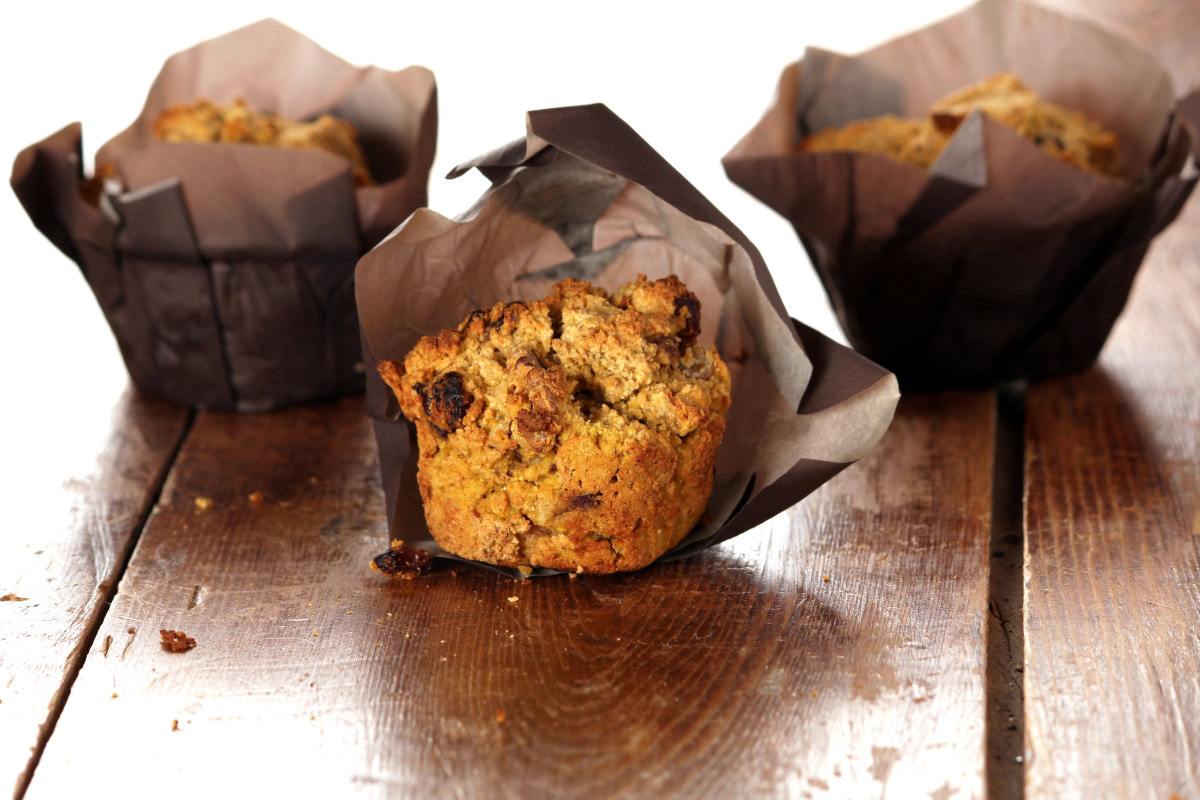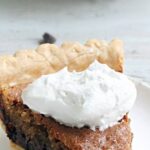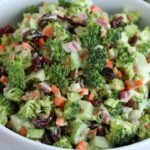Imagine a weekday morning: the clock is ticking, the kids are clamoring, and you need a quick, healthy breakfast. Forget the frantic search for store-bought pastries – this guide unveils the secret to effortlessly whipping up delicious, nut-free muffins perfect for even the busiest mornings. We’ll explore diverse recipes, from classic to decadent chocolate chip and vibrant blueberry varieties, each designed for speedy preparation and maximum flavor. Learn time-saving techniques, ingredient substitutions for various dietary needs, and creative presentation ideas to elevate your breakfast routine from chaotic to calmly delicious.
We’ll delve into practical tips for adapting recipes to different ovens and muffin tins, ensuring consistent results regardless of your kitchen equipment. Discover efficient storage and reheating methods to maintain freshness throughout the week, making these muffins a versatile and convenient breakfast solution. Detailed instructions, helpful visuals, and a focus on allergy-conscious preparation will empower you to create a delightful and worry-free breakfast experience for yourself and your family.
Recipe Variations
These nut-free muffin recipes offer delicious alternatives for those with allergies or preferences, providing a variety of flavors and textures to brighten any morning. Each recipe is designed for ease and speed, perfect for busy schedules.
Classic Nut-Free Muffins
This recipe provides a simple, versatile base for your muffin creations. The subtle sweetness and tender crumb make it a perfect everyday treat.
| Ingredient | Quantity | Steps | Notes |
|---|---|---|---|
| All-purpose flour | 2 cups | Whisk together dry ingredients. | Use a good quality flour for best results. |
| Granulated sugar | ¾ cup | Combine wet ingredients in a separate bowl. | Adjust sweetness to your preference. |
| Baking powder | 2 teaspoons | Gently fold wet ingredients into dry ingredients. | Ensure baking powder is fresh for optimal rise. |
| Baking soda | ½ teaspoon | Fill muffin tins about ⅔ full. | Avoid overfilling to prevent spilling. |
| Salt | ½ teaspoon | Bake at 375°F (190°C) for 18-20 minutes. | Check for doneness with a toothpick. |
| Eggs | 2 large | Let cool in tins for a few minutes before transferring to a wire rack. | Cooling prevents sticking and ensures even baking. |
| Milk | 1 cup | N/A | Any type of milk works well. |
| Vegetable oil | ⅓ cup | N/A | Use a neutral-flavored oil. |
| Vanilla extract | 1 teaspoon | N/A | Enhances the overall flavor. |
Chocolate Chip Nut-Free Muffins
A delightful twist on the classic, these muffins offer a rich chocolate experience without any nuts. The combination of moist crumb and melty chocolate chips is irresistible.
| Ingredient | Quantity | Steps | Notes |
|---|---|---|---|
| All-purpose flour | 2 cups | Follow steps 1-7 from the Classic Nut-Free Muffin recipe. | N/A |
| Granulated sugar | 1 cup | Add chocolate chips to the batter in step 3. | Use semi-sweet, milk chocolate, or dark chocolate chips. |
| Baking powder | 2 teaspoons | N/A | N/A |
| Baking soda | ½ teaspoon | N/A | N/A |
| Salt | ½ teaspoon | N/A | N/A |
| Eggs | 2 large | N/A | N/A |
| Milk | 1 cup | N/A | N/A |
| Vegetable oil | ⅓ cup | N/A | N/A |
| Vanilla extract | 1 teaspoon | N/A | N/A |
| Chocolate chips | 1 cup | N/A | N/A |
Blueberry Nut-Free Muffins
Bursting with juicy blueberries and a subtly sweet flavor, these muffins are a perfect summer morning treat. The bright, vibrant color adds a cheerful touch to your breakfast.
| Ingredient | Quantity | Steps | Notes |
|---|---|---|---|
| All-purpose flour | 2 cups | Follow steps 1-7 from the Classic Nut-Free Muffin recipe. | N/A |
| Granulated sugar | ¾ cup | Gently fold in blueberries in step 3. | Fresh or frozen blueberries work well. |
| Baking powder | 2 teaspoons | N/A | N/A |
| Baking soda | ½ teaspoon | N/A | N/A |
| Salt | ½ teaspoon | N/A | N/A |
| Eggs | 2 large | N/A | N/A |
| Milk | 1 cup | N/A | N/A |
| Vegetable oil | ⅓ cup | N/A | N/A |
| Vanilla extract | 1 teaspoon | N/A | N/A |
| Blueberries | 1 cup | N/A | Toss blueberries with a tablespoon of flour to prevent sinking. |
Nutritional Information Infographic
The infographic would use a clean, modern design. A calming pastel color palette of soft blues, greens, and creams would be employed, with pops of brighter colors to highlight key data points. A sans-serif font like Open Sans would ensure readability. Each muffin type (classic, chocolate chip, blueberry) would be represented by a distinct section within the infographic, using icons to visually represent each muffin. Bar graphs would display the calories, protein, carbohydrates, and fat content for each variation. Pie charts would illustrate the percentage breakdown of macronutrients. Data would be clearly labeled and easy to understand. The overall style would be minimalist and visually appealing, prioritizing clarity and easy digestion of information.
Recipe Comparison
The classic nut-free muffin provides a simple, versatile base with a tender crumb and subtle sweetness. The chocolate chip variation adds richness and indulgence, with the chocolate chips providing a delightful textural contrast. The blueberry muffins offer a burst of fresh flavor and a slightly more moist texture compared to the classic version. Preparation time remains relatively consistent across all three recipes, with minor variations depending on the addition of mix-ins.
Quick & Easy Preparation Methods
Making delicious nut-free muffins shouldn’t be a time-consuming chore, especially on busy mornings. These methods focus on streamlining the process and maximizing efficiency, ensuring you can enjoy a warm, homemade muffin even when short on time. We’ll explore ways to leverage pre-made ingredients, simplify steps, and adapt your baking equipment for optimal results.
The key to quick muffin preparation lies in strategic planning and utilizing readily available ingredients. By incorporating pre-made components and streamlining steps, you can significantly reduce overall preparation time without compromising the quality or taste of your muffins. Adapting your baking equipment allows for flexibility, ensuring consistent results regardless of the tools you have available.
Utilizing Pre-made Ingredients
Pre-made ingredients can dramatically cut down on prep time. Using a pre-made muffin mix (ensure it’s nut-free!), for example, eliminates the need to measure and combine individual dry ingredients. Alternatively, you can prepare your dry ingredients ahead of time – combine flour, sugar, leavening agents, and spices in a large container and store it in an airtight container. When ready to bake, simply add the wet ingredients and mix. This method is particularly useful for making multiple batches throughout the week. Imagine having a container of perfectly measured dry ingredients ready to go – simply add the wet ingredients, mix, and bake.
Streamlining Baking Steps
Even with homemade batter, several steps can be streamlined. For instance, instead of meticulously filling each muffin cup individually with a spoon, use an ice cream scoop for consistent portioning and faster filling. This method ensures even baking and prevents overfilling, which can lead to unevenly cooked muffins. Furthermore, consider using a stand mixer to combine wet and dry ingredients quickly and efficiently, reducing the time spent on manual mixing. The smooth, homogenous batter created by a stand mixer will also contribute to a more consistent final product.
Adapting to Different Baking Equipment
Muffin recipes are adaptable to various ovens and muffin tins. While standard ovens work perfectly well, convection ovens often reduce baking time by 10-15%, so adjust your baking time accordingly. Always monitor your muffins closely, regardless of the oven type, to avoid overbaking. Using different sized muffin tins will require slight adjustments to baking time. Smaller muffin tins will generally require less baking time due to the smaller volume, while larger tins may require a slightly longer baking time to ensure the center is fully cooked. Always check for doneness using a toothpick – if it comes out clean, your muffins are ready.
Efficient Storage and Reheating
To maintain freshness, store leftover muffins in an airtight container at room temperature for up to three days or in the refrigerator for up to a week. Reheating can be done in several ways: briefly in the microwave for a warm, soft texture, or in a conventional oven at a low temperature (around 300°F/150°C) for a crispier top. For the microwave, consider wrapping the muffin in a damp paper towel to prevent drying. For the oven, a few minutes should be sufficient to warm the muffin through. The goal is to refresh the muffin without over-drying it.
Ingredient Substitutions & Allergy Considerations

Creating delicious and safe nut-free muffins requires careful consideration of ingredient substitutions and potential allergens. This section will explore suitable replacements for common baking ingredients and highlight crucial safety measures to ensure your muffins are both enjoyable and allergy-friendly. We’ll delve into safe handling practices to minimize cross-contamination risks.
Flour Substitutions
Many individuals follow gluten-free diets. Substituting all-purpose flour with gluten-free alternatives is crucial for these individuals. A simple one-to-one swap isn’t always ideal; the texture and rise of the muffins might be affected. A blend of gluten-free flours often produces the best results. For instance, a blend of almond flour (ensure it’s certified nut-free if necessary), tapioca starch, and rice flour can create a light and fluffy texture, although it might be slightly drier than a recipe using all-purpose flour. Using xanthan gum (a common binding agent in gluten-free baking) can help to improve the structure and moisture of the muffins. The final product will have a slightly different mouthfeel, but the flavor profile should remain largely consistent.
Sweetener Substitutions
Granulated sugar is a common ingredient in muffin recipes, providing sweetness and contributing to the texture. However, many people choose to limit or eliminate refined sugar from their diets for various health reasons. A direct swap with other sweeteners, such as honey or maple syrup, requires adjusting the liquid content of the recipe, as these liquid sweeteners add moisture. Alternatively, using alternative sweeteners like agave nectar or stevia (a much more intense sweetener) requires careful measuring to achieve the desired sweetness level without altering the muffin’s texture. The sweetness level and the resulting moisture content will vary depending on the sweetener chosen. For instance, honey adds a distinct flavor profile, while stevia has a less pronounced taste but a significantly higher sweetness level.
Egg Substitutions
Eggs play a vital role in binding ingredients and adding moisture to baked goods. For vegan baking, or for individuals with egg allergies, several effective substitutes exist. Applesauce, mashed banana, or flaxseed “eggs” (1 tablespoon ground flaxseed meal mixed with 3 tablespoons water) can be used as replacements. Applesauce and banana add moisture and a subtle sweetness, potentially affecting the overall flavor slightly. Flaxseed eggs provide a binding effect similar to eggs, but might result in a slightly denser texture. The choice of egg substitute will impact the final texture and flavor of the muffins, requiring some experimentation to find the preferred outcome.
Allergen Label Checking and Safe Handling
Thoroughly checking ingredient labels for potential allergens beyond nuts is paramount. Many products contain hidden allergens like soy, dairy, or wheat, which can trigger severe reactions in sensitive individuals. Always check labels for potential cross-contamination warnings, especially in products like flour or chocolate chips, as manufacturing processes may expose them to allergens. Even if a specific allergen isn’t listed, it’s crucial to be aware of the possibility of cross-contamination during production.
Safe handling practices are crucial to prevent cross-contamination. Designate separate cutting boards and utensils for nut-free baking. Clean all surfaces thoroughly before and after preparation, using hot, soapy water. Avoid using the same bowls or spoons for handling both nut-containing and nut-free ingredients. Store nut-free muffins separately from nut-containing products to prevent accidental exposure and ensure the safety and enjoyment of your nut-free treats.
From the initial mixing bowl to the final satisfying bite, crafting nut-free muffins for busy mornings becomes a surprisingly simple and rewarding process. With adaptable recipes, efficient preparation methods, and creative serving suggestions, you’ll transform breakfast from a stressful chore into a joyful start to the day. Embrace the flexibility of ingredient substitutions to cater to dietary needs and the convenience of making larger batches for the week ahead. Enjoy the delightful aroma of freshly baked muffins filling your kitchen and the satisfying feeling of providing a healthy and delicious breakfast, even amidst the morning rush.
Questions Often Asked
Can I freeze the muffin batter?
Yes, you can freeze unbaked muffin batter for future use. Portion it into freezer-safe bags or containers for easy use.
How long do nut-free muffins stay fresh?
Stored properly in an airtight container at room temperature, nut-free muffins generally stay fresh for 3-4 days. Refrigeration extends their lifespan to about a week.
What are some good alternatives to oil in these recipes?
Applesauce, mashed banana, or melted coconut oil can often successfully replace oil in muffin recipes, though they may slightly alter the texture.
Can I use a different type of pan besides a standard muffin tin?
Yes, you can use silicone muffin cups, ramekins, or even a loaf pan (adjusting baking time accordingly).


